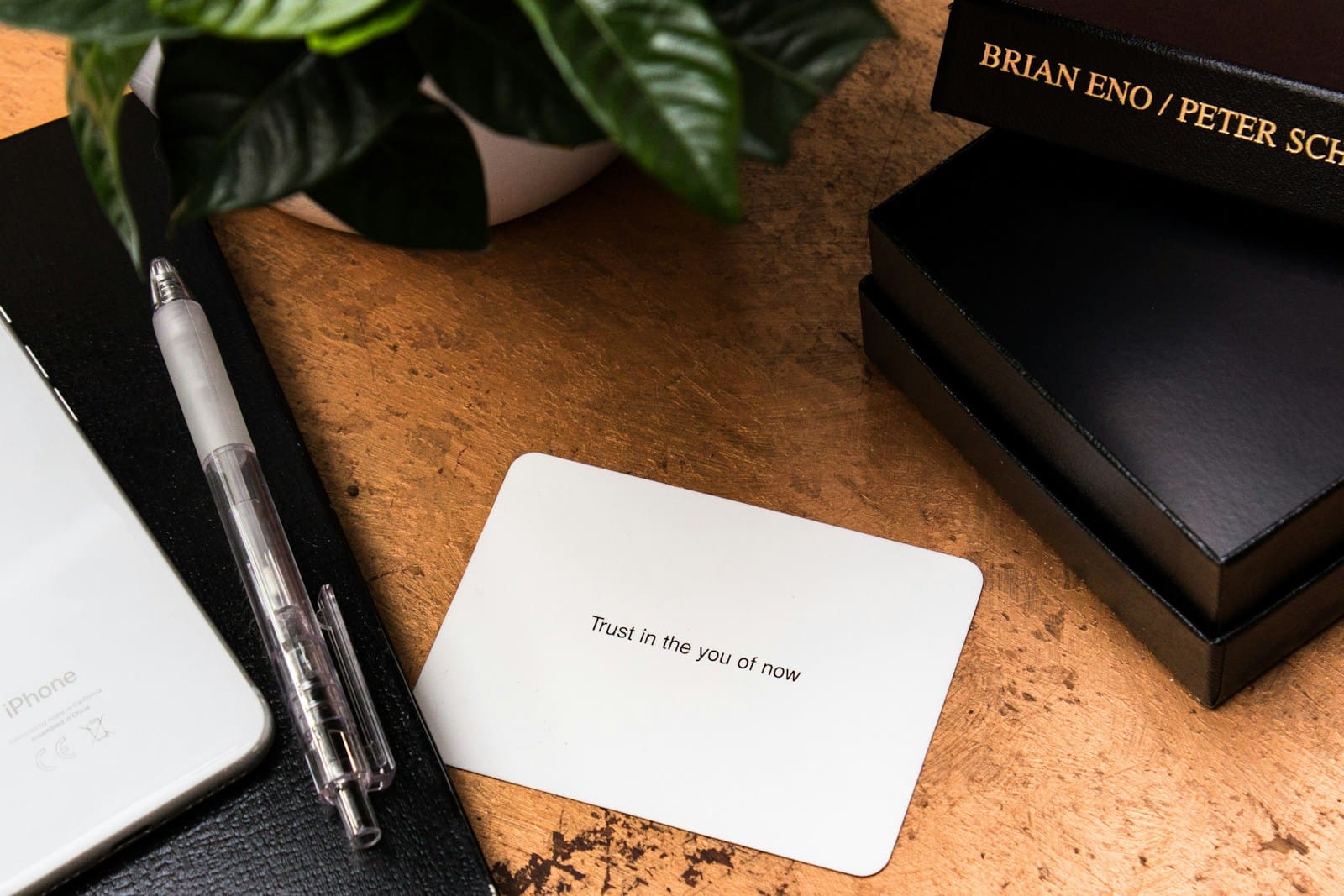Master the art of continuous growth with proven strategies that transform your mind, body, and spirit
Most of us have experienced it – downloading meditation apps we never open, buying exercise equipment that gathers dust, or starting journals we abandon after a few days. We try different self-improvement tactics in isolation, hoping each new method will be the key to lasting change.
But self-improvement isn’t about finding that one perfect solution. It’s about understanding how different aspects of personal growth work together to create sustainable positive change.
This guide will show you how to:
- Build a complete framework for personal development that addresses all aspects of growth
- Integrate different self-improvement practices into one cohesive system
- Create lasting positive changes through strategic habit formation
- Maintain consistency with your self-improvement goals
The hidden cost of scattered self-improvement
We often treat self-improvement like a buffet – taking a bit of meditation here, some exercise there, and maybe a dash of productivity techniques on the side. While each of these practices holds value, approaching them in isolation severely limits their potential impact.
Think about building a house. You wouldn’t just focus on the walls while ignoring the foundation, or install windows without considering how they align with the overall structure. Similarly, true personal growth requires understanding how different elements of self-improvement work together.
Understanding the holistic advantage
When we integrate different aspects of personal development, each element amplifies the others. Physical exercise improves mental clarity. Better sleep enhances emotional regulation. Mindfulness strengthens decision-making. These connections create a compound effect that scattered approaches miss entirely.
The science of integrated growth
Research in behavioral psychology has consistently shown that sustainable change requires addressing multiple aspects of behavior simultaneously. For instance, the American Psychological Association emphasizes that successful behavior change programs typically incorporate both mental and physical components.
Assessing your current approach
Before diving into specific strategies, take a moment to evaluate your current self-improvement efforts:
- Are your different growth practices working together or competing for attention?
- Do you have clear connections between your various improvement goals?
- Have you considered how progress in one area might support development in others?
The five pillars of holistic self-improvement
An effective self-improvement system rests on five core pillars that work in harmony to create lasting change.
Continuous growth
Growth isn’t a destination but an ongoing process. This pillar focuses on maintaining consistent progress through small, incremental improvements rather than seeking dramatic overnight changes.
Mindfulness
Mindfulness forms the foundation of self-awareness. It involves being present and conscious of your thoughts, feelings, and actions without judgment. This awareness helps you make intentional choices rather than operating on autopilot.
Self-reflection
Regular self-reflection allows you to process experiences, learn from outcomes, and adjust your approach. Unlike mindfulness, which focuses on the present moment, self-reflection involves analyzing past experiences to inform future actions.
Knowledge acquisition
Strategic learning accelerates personal development. This means not just consuming information, but applying it practically to your life and circumstances. The key is to focus on knowledge that directly supports your growth goals.
Balance
Balance ensures sustainable progress. It means distributing your energy effectively across different areas of life – work, relationships, health, and personal growth – while avoiding burnout.
Creating your personalized growth system
A personalized growth system must align with your unique circumstances, goals, and lifestyle. The key is building sustainable habits rather than relying on motivation alone.
Identify your core priorities
Start by selecting 1-2 priorities in each pillar:
- Continuous growth: Choose a specific skill to develop
- Mindfulness: Pick one daily mindfulness practice
- Self-reflection: Select a reflection method that fits your schedule
- Knowledge: Focus on one learning goal at a time
- Balance: Define clear boundaries between different life areas
Design your daily practice
The most effective growth system fits naturally into your existing routine. Build habits by:
- Starting small – focus on consistency over intensity
- Stacking new habits onto existing ones
- Creating clear environmental triggers for your practices
- Tracking progress without becoming obsessed with metrics
Make adjustments based on feedback
Your system should evolve as you do. Pay attention to what works and what doesn’t, then adjust accordingly. The goal isn’t perfection but progress.
Implementing your plan for lasting change
The path to lasting change lies in small, daily actions. Start by implementing just one practice from each pillar into your routine:
- A five-minute mindfulness practice each morning
- Brief reflection notes before bed
- Reading one article in your focus area daily
- Taking regular breaks to maintain balance
- Setting aside time for skill development
Building accountability
Track your progress using a simple system that works for you. This could be a basic journal, digital tracker, or regular check-ins with yourself about your goals and progress.
Overcoming common obstacles
When implementing your system:
- Start with easier habits first
- Have backup plans for busy days
- Focus on progress over perfection
- Adjust your approach based on results
Moving forward with purpose
A holistic approach to self-improvement isn’t about radical transformation but consistent, purposeful growth. By integrating these five pillars into your daily life, you create a sustainable foundation for lasting positive change.
Start today by choosing one small action from each pillar. Remember that true growth happens gradually, through consistent small steps rather than dramatic leaps.
What’s most important is taking that first step – pick one area where you’d like to improve and begin implementing these principles today.







